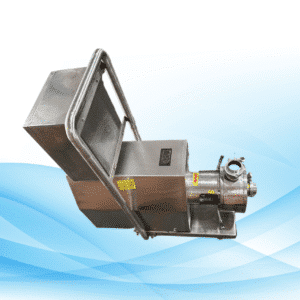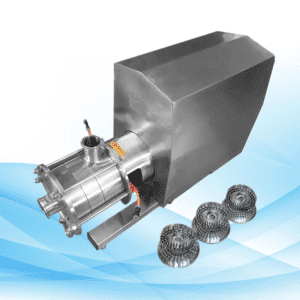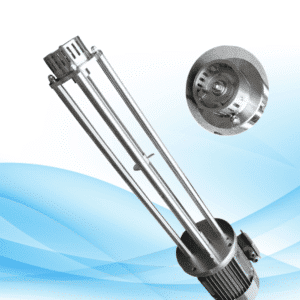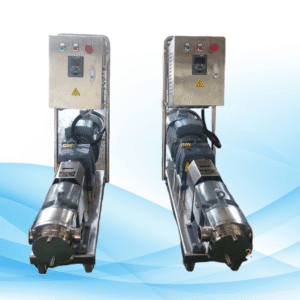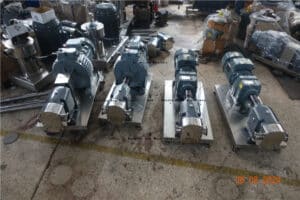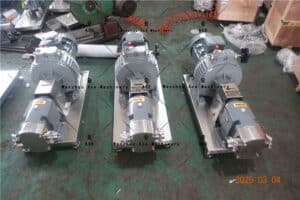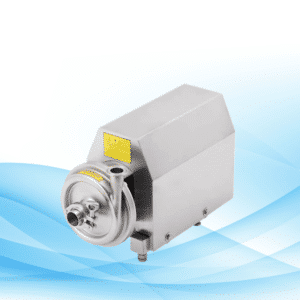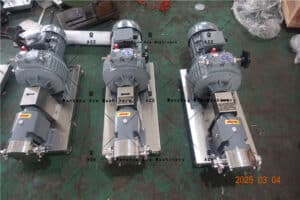Oil Transfer Pump Cost: Prices & Buying Guide
When looking into how much does an oil transfer pump cost, it’s vital to consider the factors behind each price, the type of pumps at hand, and the ultimate selection for particular oil storage situations. This guide is perfect whether you are an industrial owner or a residential oil user.

What Is an Oil Transfer Pump?
An oil transfer pump is a piece of machinery that serves a simple purpose: to move oil from one container to another quickly and effectively. The uses range from automotive, agricultural, and shipping industries to personal affairs such as home heating appliances. Each of these pumps vary greatly in their power source, capacity and materials.
How Much Does an Oil Transfer Pump Cost?
The price of an oil pump varies greatly depending on numerous factors such as:
- Type of Pump: Electric, Manual, Pneumatic.
- Flow Rate: How much oil is transferred in a span of a minute, measured in gallons per minute (GPM).
- Build Quality: The type of materials used, for example, aluminum or cast iron.
- Brand: The more reliable the brand, the more expensive they tend to get.
- Accessories: Nozzles, hoses and meters are great additions but do increase the expenses.
Pricing Overview for Oil Transfer Pumps
Manual Oil Transfer Pumps: Ranges from $20.00 to $100.00
- Great for anyone seeking a low-cost option which operates at a lower volume.
- Popularly utilized in personal garages or small scale workshops.
Electric Oil Transfer Pumps: Ranges from $100.00 to $500.00
- Designed for medium to large scale oil transfer projects.
- Frequently employed in large automotive businesses or other industrial work places.
Pneumatic Oil Transfer Pumps: Starts From $500.00 and can go as high as $2500.00
- Used in Large Industrial Plants Facilities, Built for Advanced Industrial Purpose.
Reasons for Price Differences In Oil Transfer Pumps
- Flow Rate and Capacity of The PumpHigher flow rates tend to transfer faster but increases in price, Averages range from $10 to $15 GPM
- Durability and Material UsedHeavy Duty Aluminum or Stainless steel is typically more expensive as it is made from corrosion resistant materials, which makes it more durable.
- Source of Power
- Manual Pumps: Requires physical strain yet is the most inexpensive option.
- Electric Pumps: Reliable pumping, mid-range costing.
- Pneumatic Pumps: Most expensive mechanism due to the technology used.
- Reputation of The BrandFill-Rite, GPI, and Tut hill are known for their reliable and durable products, Often withstanding greater prices.
- Additional FeaturesFeatures such as automatic shut-off, digital meters, and thermal protection can add to overall expenses.
Types of Oil Transfer Pumps: An Overview
1. Manual Oil Transfer Pumps
- Cost: $20-$100
- Best For: Low volume, occasional transfers.
- Advantages: Inexpensive, convenient, and no electricity is necessary.
- Disadvantages: Time-consuming and labor-intensive.
2. Electric Oil Transfer Pumps
- Cost: From $100 to $500.
- Best For: Transfers that are medium to high volume.
- Advantages: User-friendly, fast, and effective.
- Disadvantages: Need a power source and maintenance.
3. Pneumatic Oil Transfer Pumps
- Cost: From $500 to over $2,000.
- Best For: High performance tasks of an industrial environment.
- Advantages: Very efficient and is able to work with thicker fluids.
- Disadvantages: Expensive, and requires an air compressor.
How to Choose the Suitable Oil Transfer Pump
While purchasing a pump for oil transfer, it’s important to consider these things:
- Volume and Frequency: How much oil do you want to stat or how often will you.
- Type of Oil: The oil’s viscosity and chemical composition should be in sync with the pump being used.
- Power source availability: Check if there is electricity or compressed air available.
- Durability needs: If the pump is going to be frequently used, go for the one that is of good quality and non-corrosive.
Guidelines in Selecting an Oil Transfer Pump
- Know how much you want to spend: Consider how much you are willing to part with and compare it with your needs, focusing on cost-effectiveness and life span.
- Look at reviews: Customer’s opinions tell you how the oil transfer pump works in the real world.
- Brand Comparisons: A more popular brand might offer better warranty and service provisions.
- Examine the features: Check for critical features such as flow meters and auto shut-off valves.
Oil Transfer Pump Acquisition: Common Concerns
- What is the price range for oil transfer pumps?This will depend on the type of pump:
- Manual: $20-$100.
- Electric: $100-$500.
- Pneumatic: $500-$2000 or even above.
- Is investing in electric pumps a good idea?Definitely, if you deal with mid to large quantities often. This saves both time and effort when compared to manual pumps.
- Is there special maintenance for pneumatic pumps?Pneumatic pumps need special treatment, with both the compressor and pump involved. It is important to clean and lubricate appropriately.
- Can a fuel transfer pump be used to get oil?This is dependent on the fuel transfer pump. Most can work with oil, however ensure the pump’s design fits the needed oil and viscosity type.
- Where can I buy an oil transfer pump?Today, oil transfer pumps are easily available at industrial suppliers, Amazon, Grainger, and even your local hardware shops.
Conclusion
When it comes to money, knowing how much does an oil transfer pump cost is important for making your choice. The pricing is within reach for cost-effective manual models and more sophisticated pneumatic models. Determining what type of oil you are transferring, how much of it, and your budget will help you pick the right model. This involves more than just comparing prices. Quality, features, and reviews should also be taken into consideration.
The right oil transfer pump, no matter if you’re an industrial operator or a homeowner, will improve productivity, save you time, and be worth your investment. Check for product comparisons and reviews to help you make a decision.

